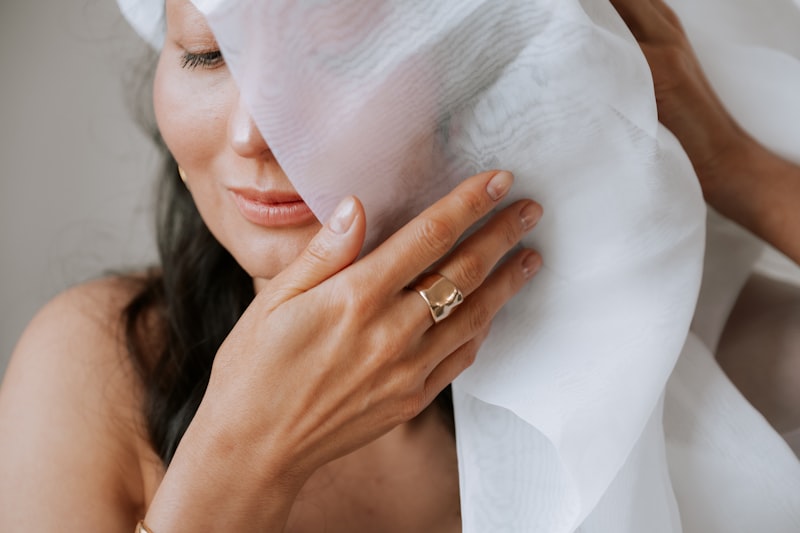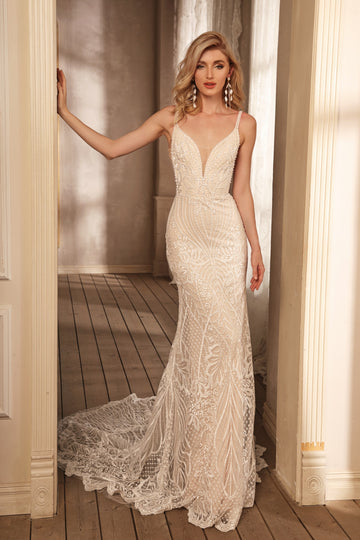The Essential Role of Temperature in Wedding Dress Care
The Essential Role of Temperature in Wedding Dress Care
Your wedding dress is not just a piece of clothing; it is a symbol of love, commitment, and cherished memories. Proper care of this delicate garment is essential to preserve its beauty and integrity. Among various factors that influence its maintenance, temperature plays a crucial role. Understanding how temperature affects your wedding dress will help ensure it remains as stunning as your special day.
Why Temperature Matters in Wedding Dress Care
The preservation of a wedding dress goes beyond simple cleaning. The right temperature is vital in preventing damage to fabrics, embellishments, and overall structure. Whether you’re storing, cleaning, or displaying your dress, maintaining the correct temperature can prevent irreversible harm.
Fabric Sensitivity and Temperature
Different fabrics react uniquely to fluctuations in temperature. Here’s a breakdown of common wedding dress materials and their temperature sensitivities:
| Fabric | Temperature Sensitivity |
| Satin | Satin can melt or warp under high heat. Store in a cool, dry place. |
| Lace | Delicate lace can shrink or deform with heat, requiring careful handling. |
| Tulle | Excessive heat can lead to discoloration. Use a cool iron if needed. |
| Organza | Like tulle, organza can be discolored by high temperatures; store properly. |
Storing Your Wedding Dress: Ideal Temperature Conditions
After your big day, storing your wedding dress is essential for maintaining its condition. Follow these tips for ideal temperature conditions:
- Avoid Humidity: High humidity can promote mold and mildew growth. Aim for a relative humidity level between 40-60%.
- Temperature Control: Keep the storage area cool. Ideal temperatures range between 60°F to 70°F (15°C to 21°C).
- Use Breathable Covers: Instead of plastic covers, opt for cotton or muslin to allow the dress to breathe without trapping moisture.
The Impact of Temperature on Cleaning
Cleaning your wedding dress is another area where temperature plays a significant role. Heat can cause fabrics to deteriorate, colors to fade, and embellishments to detach. Here are some considerations:
Dry Cleaning: What You Should Know
Most Wedding dresses require professional dry cleaning. However, ensure the service uses low-heat methods. This will help preserve the fabric's quality. If you are attempting spot cleaning at home, use cold water and avoid hot irons.
Washing at Home: When Is It Safe?
If your dress is made of washable materials, you can clean it at home. Use cold water and a gentle cycle. Pay attention to temperature settings on your washer to avoid damaging the fabric.

Displaying Your Dress: Let’s Get Temperature Right
If you’re considering displaying your wedding dress as part of your home décor, temperature control is even more critical. Choose a location away from direct sunlight and heat sources like radiators or vents. Ideal display conditions mirror those for storage, keeping temperatures cool and away from humidity.
Other Factors That Influence Wedding Dress Care
Aside from temperature, consider other environmental factors that can affect your dress:
- Light Exposure: UV rays from sunlight can fade fabrics. Use UV-protective glass if displaying.
- Air Quality: Dust and pollutants can settle on your dress. Keep it covered and clean the display area regularly.
- Pest Prevention: Moths and other insects may damage the fabric. Use breathable fabric covers to keep pests away.
Common Questions About Wedding Dress Temperature Care
Can I use a regular iron on my wedding dress?
It is advised to use a low-heat setting and a pressing cloth to avoid direct contact with the fabric.
How do I protect my dress during seasonal changes?
Store your dress in a climate-controlled area where temperatures remain stable year-round.
Summary: Temperature and Wedding Dress Care
The role of temperature in Wedding Dress Care cannot be overstated. From storage to cleaning, ensuring that your dress is kept in appropriate conditions is vital for maintaining its beauty and integrity. Pay close attention to the fabric type and adapt your care routine accordingly. By following these guidelines, you can ensure that your wedding dress remains a beautiful symbol of your love for years to come.
Final Recommendations
Here are some final suggestions to keep in mind while caring for your wedding dress:
- Regularly check on your dress, even if it’s stored away.
- Consult a professional cleaner for specific care instructions based on fabric type.
- Consider periodic climate checks for the area where your dress is stored.
Ultimately, investing time and effort into understanding how temperature impacts your wedding dress will go a long way in preserving your cherished memories.
